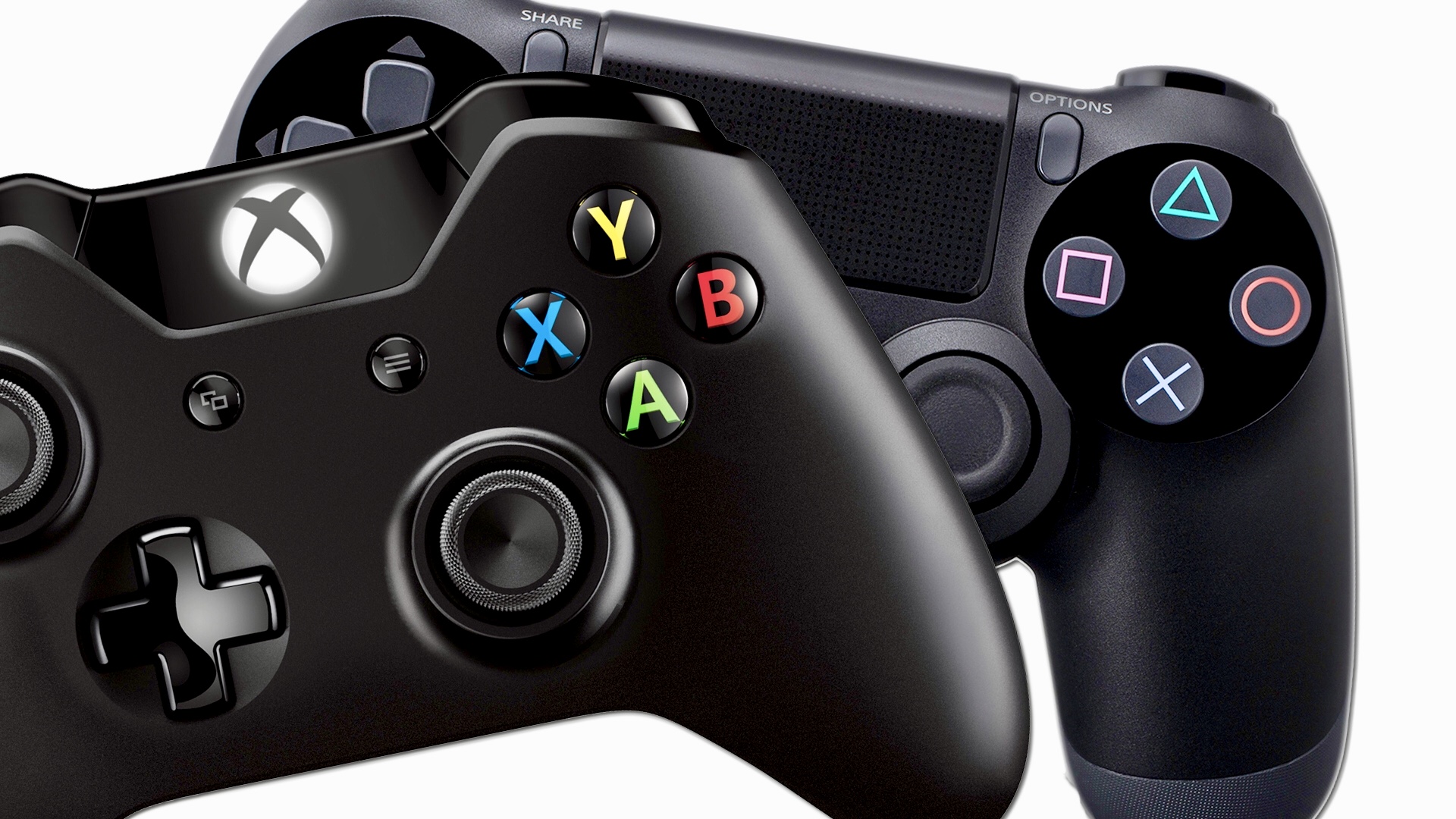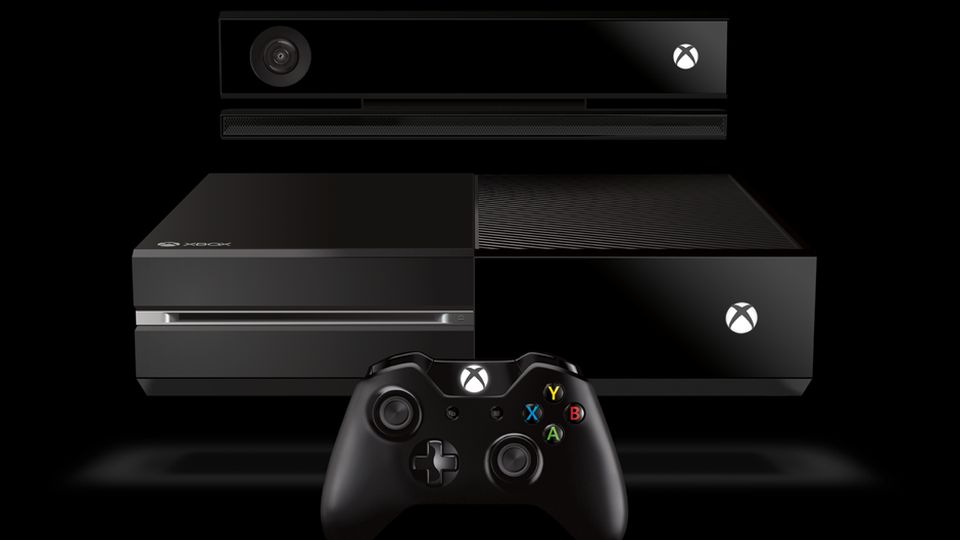
After unveiling a raft of restrictive, consumer-unfriendly policies in the run up to E3 2013, Microsoft lumbered through the event touting technology they intended to revolutionise the living room with its then latest console, the Xbox One. With subsequent backlash set to lock the unreleased system inside a coffin before burying deep underground, Microsoft announced a spectacular U-turn.
The runup to and hangover from E3 2013 is an awkward time in Xbox’s history, one where Microsoft’s own misguided strategies surrounding expansive TV and home entertainment left them a distant second place in a two-horse race. Did their remarkable 180 degree turn shortly thereafter, one whereby their already announced controversial policies of always online requirement, their draconian measures to prevent game resales, and their befuddling no sharing regime, mark a mere a feeble attempt to douse the flames of a fire after the house had already burned down? There was just enough positive PR spin a week after E3 to deflect the Xbox One from being buried in that self-dug grave before it has even been released – but only just. However, the ramifications of such a bundling mess of announcements and backtracking are still influencing Microsoft to this day.
Principally, Microsoft courted controversy on three fronts: one) they planned on incorporating strategies to prevent sales of pre-owned games, or to at least stifle any attempts for a disc to be used on a second Microsoft account by charging a nominal fee, and two) this sale prevention tactic extended to loaning friends’ games too, as games installed on the Xbox One’s HDD won’t continue to work unless said friend hops onto the online store to pay for it – and the two parties had to have been on each other’s friend list for at least 30 days, and the game can only be loaned out once too – and finally 3) in an effort to prevent video game piracy Microsoft opted for an always online component to their next-gen console. More specifically, users would need to establish an internet connection at least once within a 24-hour period if playing on their primary console and at least once an hour if accessing their game library on someone else’s console. This last point understandably provided the biggest bone of contention as should users fail to meet these requirements then they’d be locked out of accessing their titles – even offline ones – until a network connection was re-established. Obviously, this is not okay.
As already stated, less than a week after E3 2013 Microsoft backtracked on these three controversial pledges. Was the damage already done by this point? The pace of pre-orders in the handful of days following E3 would suggest yes, with PlayStation 4 outselling Xbox One by 3 units to 2 – although preliminary pre-orders aren’t an exhaustive method to measuring the success of one console over another, it gives us a clue as to which console resonated with consumers the most following E3. Microsoft’s reversal was twisted into something positive of course, their PR team presumably working overtime to salvage a dire situation, with then Xbox chief Don Mattrick stating that they’ve “been listening to feedback” with words to the effect of player passion being most important in any strategic decisions the company makes going forward.
What is evident is swathes of goodwill were lost to Sony and PlayStation 4 during this time. Were Microsoft really listening to consumer feedback, or did they panic at the backlash? To be clear, they didn’t admit their about turn was a complete reversal, and they didn’t say it was in response to Sony’s brutal drubbing at E3 a week prior either, although surely pre-sale figures plus Sony’s obvious glee at their firmly establish competitive advantages surely took influence.
Yes, Sony’s E3 keynote took maximum opportunity to twist the knife into Microsoft’s bumbling, stating outright that their own upcoming next-gen console would be free of used game limitations and mandatory online requirements. But in truth Microsoft had left them an open goal, any damage Sony exacerbated was already self-inflicted.
So, what else went wrong? Well, the clue is in the name: Xbox One. Microsoft in all their misguided wisdom wanted to shift their next-gen effort away from just console games to an all-in-one media and entertainment centre, one fully integrated with everyone’s home TV set up. It was an audacious plan, and one which at best was too ahead of its time and at worst an impossible feat to accomplish either way. Translating the remote-control experience to simple voice commands that’d seamlessly instruct a TV confused by an interface overlaying the original signal proved too hard a nut to crack, and one Microsoft should have been able to predict given Google’s struggles with a similar thing a few years’ prior with the long-snuffed out Google TV.
TV service providers have since begun experimenting with voice activation, but when the facility is interweaved into their own system there’s less chance of something going wrong. The way Microsoft wanted to do it – to plug a cable box’s HDMI straight into the Xbox One to feed channel data through – was always going to be mired by failure or disruption. Instead of simplifying the process Xbox One added an extra step. Microsoft were also keen on pushing unproven features such as the ability to place a Skype chat on-screen side by side with live TV. Again, these are simply things people haven’t asked for – and unsurprisingly it didn’t take off.
Also cause for controversy was Microsoft opting to equip every Xbox One with its Kinect motion sensor. Now, on paper this doesn’t seem like the worst revelation in the world – and indeed it isn’t. There was sound strategy behind this decision as Kinect’s prior guise as an accessory meant only a handful of developers were choosing to create titles for it. In every Xbox owner having access to Kinect, the hope was more developers would incorporate the technology into their games. The downside to this was the hike in price when compared to PlayStation 4 – another fact Sony took extreme delight in pointing out during their E3 keynote event. In fact, the PlayStation 4 was announced to retail at 100 dollars less than its Xbox One counterpart, despite the PS4 being more powerful on paper. And perhaps anecdotal compared to Microsoft in the current era, but the Xbox One was at a notorious disadvantage to PlayStation 4 when it came to supporting indie developers, with Sony providing small-time studios ability to self-publish games on the platform.
Encompassing an all-in-one media machine with upgraded Kinect system inarguably does nothing to positively impact the overall gaming experience. At the end of the day, the Xbox One was a good console, with an unshakeably strong line-up of launch titles and first-party experiences in the pipeline. It’s just that Microsoft lost its way somehow, and it’s taken a decade for it to catch up. Due to Phil Spencer’s influence, Xbox Game Pass is thriving, the Xbox Series X is the most powerful console currently available, and the company itself occupies a much more user-friendly ethos. As ever though, it’s games which sell consoles, and it remains to be seen in this current generation which console will win the video game arms race come the end of this generation.
The horizon is looking somewhat rosy following Microsoft and Bethesda’s recent Xbox Games Showcase,an excellent event which saw 27 games shared for Xbox Series X|S and PC, with hotly anticipated sci-fi role player Starfield the pick of the bunch, although Forza Motorsport finally announced its release date alongside promising glimpses of Senua’s Sage: Hellblade II and other games. Underlining Microsoft’s resurgent consumer focus, global supply of Xbox Series X|S was pledged to increase alongside a Series S with boosted memory capacity, something Microsoft claim fans have been clamouring for quite some time. The meat of this feature perhaps downplays Microsoft and Xbox’s current status; this is unintended as whilst their Xbox One era was indeed chequered to say the least, the brand is resurgent with a promising future ahead.
Note: The views expressed in this article are those of the author and do not necessarily represent the views of, and should not be attributed to, GamingBolt as an organization.
















